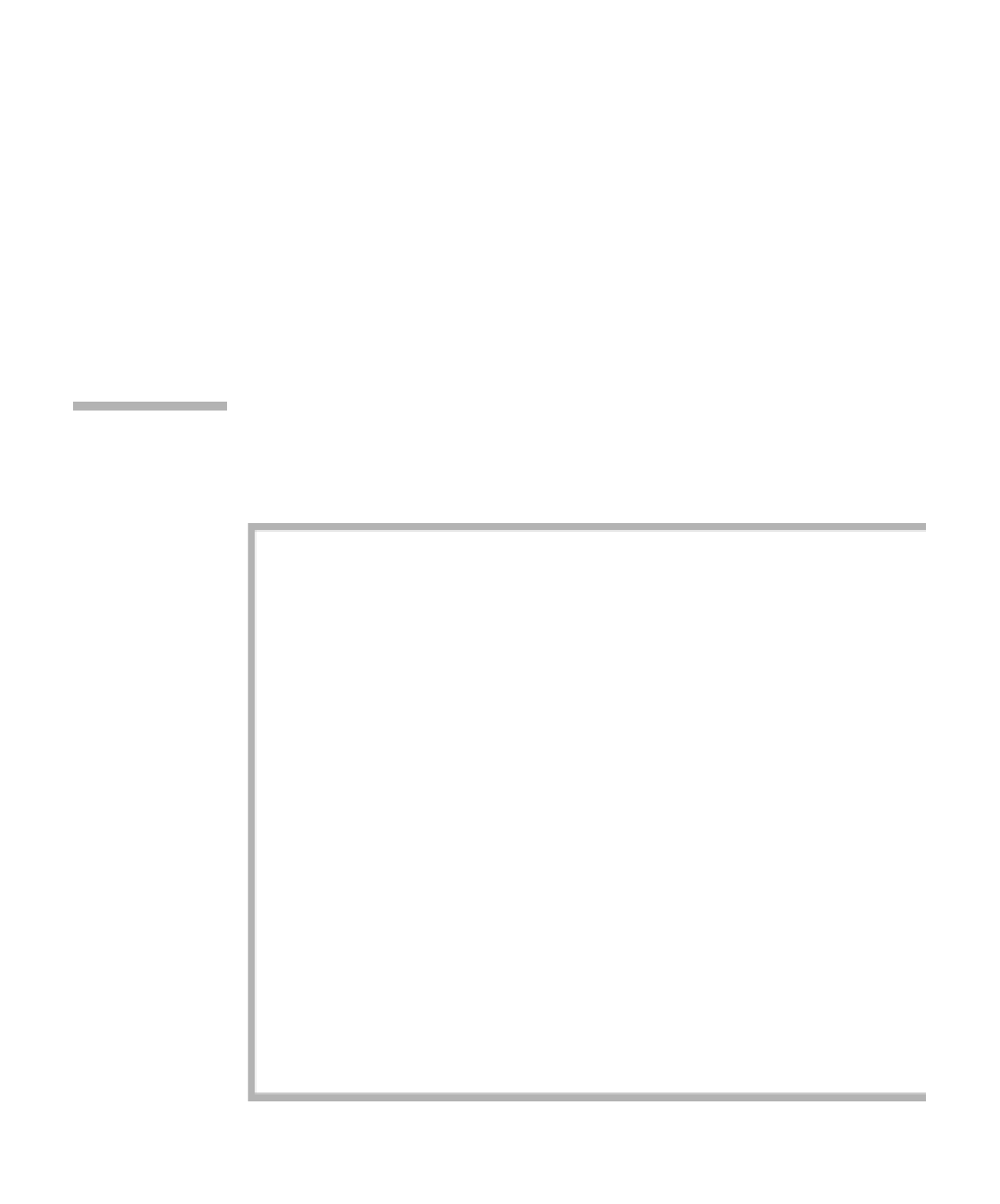Java Reference
In-Depth Information
Note the order of the tests. The test against
null
must be performed first; oth-
erwise, the access
t.element
would be illegal. The remaining tests are
arranged with the least likely case last. A recursive implementaion is possible,
but we use a loop instead; we use recursion in the
insert
and
remove
methods.
In Exercise 19.15 you are asked to write the searching algorithms recursively.
At first glance, statements such as
t=t.left
may seem to change the root
of the tree. That is not the case, however, because
t
is passed by value. In the
initial call,
t
is simply a
copy
of
root
. Although
t
changes,
root
does not. The
calls to
findMin
and
findMax
are even simpler because branching is uncondi-
tionally in one direction. These routines are shown in Figure 19.9. Note how
the case of an empty tree is handled.
Because of call by
value, the actual
argument (
root
) is
not changed.
The
insert
routine is shown in Figure 19.10. Here we use recursion to sim-
plify the code. A nonrecursive implementation is also possible; we apply this tech-
nique when we discuss red-black trees later in this chapter. The basic algorithm is
simple. If the tree is empty, we can create a one-node tree. The test is performed at
line 10, and the new node is created at line 11. Notice carefully that, as before,
local changes to
t
are lost. Thus we return the new root,
t
, at line 18.
For
insert
, we must
return the new tree
root and reconnect
the tree.
figure 19.9
The
findMin
and
findMax
methods for
binary search trees
1
/**
2
* Internal method to find the smallest item in a subtree.
3
* @param t the node that roots the tree.
4
* @return node containing the smallest item.
5
*/
6
protected BinaryNode<AnyType> findMin( BinaryNode<AnyType> t )
7
{
8
if( t != null )
9
while( t.left != null )
10
t = t.left;
11
12
return t;
13
}
14
15
/**
16
* Internal method to find the largest item in a subtree.
17
* @param t the node that roots the tree.
18
* @return node containing the largest item.
19
*/
20
private BinaryNode<AnyType> findMax( BinaryNode<AnyType> t )
21
{
22
if( t != null )
23
while( t.right != null )
24
t = t.right;
25
26
return t;
27
}





Search WWH ::

Custom Search